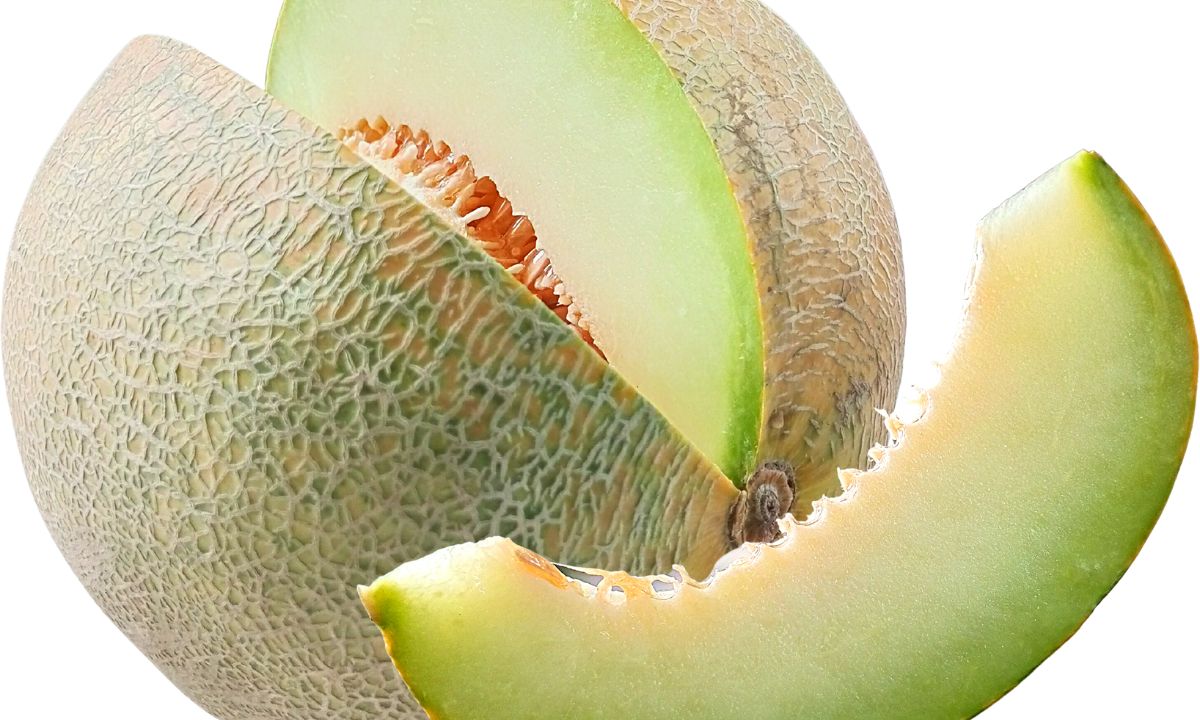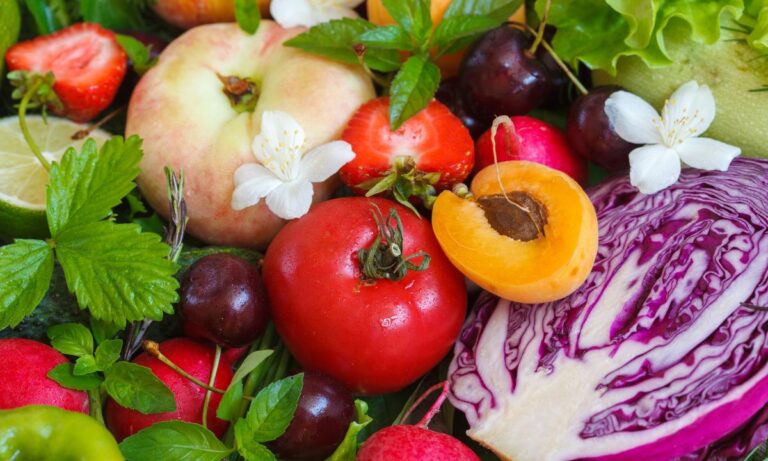A Complete Guide to Growing and Enjoying Summer Kiss Melons
Introduction to Summer Kiss Melon
The summer kiss melon is a delightful, juicy, and flavorful fruit that embodies the essence of summer. This unique melon variety has gained popularity among gardeners and food enthusiasts alike for its incredible taste, versatility, and ease of growth. In this article, we will explore everything there is to know about the summer kiss melon, from its origins and characteristics to its various culinary uses and recipes.
Origins and History
The summer kiss melon has its roots in the Cucumis melo species, which includes a wide range of melon types such as cantaloupe, honeydew, and casaba. Specifically, the summer kiss melon belongs to the reticulatus group, known for its netted skin and distinct aroma. Bred for sweetness and flavor, this relatively new melon variety has quickly become a favorite among both growers and consumers.
Characteristics
Appearance
The summer kiss melon is easily identifiable by its netted skin and round shape. The fruit’s exterior features a golden-tan color with a slight green hue. The melon’s size can vary, with some specimens reaching up to six pounds in weight.
Taste
The summer kiss melon is prized for its sweet, aromatic flavor. This fruit has a rich, honeyed taste with a hint of tropical notes. Its unique flavor profile sets it apart from other melon varieties and makes it a sought-after ingredient in various culinary applications.
Texture
The flesh of the summer kiss melon is firm, yet tender, with a velvety texture. The fruit’s juicy consistency and satisfying crunch make it an ideal snack or addition to salads and other dishes.
Nutritional Profile
Vitamins
The summer kiss melon is an excellent source of essential vitamins such as vitamin A, vitamin C, and various B vitamins. These nutrients play a crucial role in maintaining good health and supporting various bodily functions.
Minerals
Rich in potassium, magnesium, and calcium, the summer kiss melon offers a range of essential minerals that contribute to proper hydration, muscle function, and bone health.
Health Benefits
Due to its high water content, low calorie count, and abundance of vitamins and minerals, the summer kiss melon is a nutritious and refreshing snack that promotes healthy digestion, supports immune function, and aids in maintaining healthy skin and vision.
Growing Conditions
Soil Requirements
Summer kiss melons thrive in well-draining, fertile soil with a pH level between 6.0 and 6.5. Amending the soil with organic matter like compost or aged manure can help improve soil structure and provide the necessary nutrients for healthy melon growth.
Sunlight
These melons require full sun to produce the sweetest, most flavorful fruit. Ensure your plants receive at least six to eight hours of direct sunlight per day for optimal growth.
Watering
Proper watering is essential for summer kiss melon growth. Provide consistent moisture, especially during the fruiting stage, but avoid overwatering, as this can lead to root rot and other issues. Drip irrigation or soaker hoses can help maintain consistent moisture levels in the soil.
Planting and Care
Seed Selection
Choose high-quality seeds from a reputable supplier to ensure healthy plants and a successful harvest. Select seeds specifically bred for flavor, such as the Sugar Kiss, Golden Kiss, or Honey Kiss varieties.
Germination
Start seeds indoors approximately four weeks before the last expected frost date. Plant seeds ½ inch deep in seed trays or small pots filled with seed-starting mix. Keep the soil consistently moist and maintain a temperature of 70-85°F (21-29°C) to encourage germination.
Plant Spacing
Once the seedlings have developed two to three true leaves and nighttime temperatures remain above 50°F (10°C), transplant them into the garden. Space plants approximately 2-3 feet (60-90 cm) apart in rows, with 4-6 feet (120-180 cm) between rows.
Pest and Disease Management
Common Pests
Aphids, cucumber beetles, and spider mites are some common pests that can affect summer kiss melon plants. Regularly inspect your plants for signs of infestation and take prompt action if needed.
Prevention
Implementing proper cultural practices, such as crop rotation, adequate spacing, and regular weeding, can help prevent pest infestations. Using floating row covers or introducing beneficial insects, like ladybugs and lacewings, can also help keep pests at bay.
Treatment
In case of an infestation, consider using insecticidal soap, neem oil, or other organic pesticides to control pests. Always follow label instructions and apply treatments during the cooler parts of the day to minimize potential harm to beneficial insects.
Harvesting and Storage
Signs of Ripeness
A ripe summer kiss melon will have a sweet aroma, a slight give when gently pressed, and a creamy, golden-tan color. The fruit will typically slip easily from the vine when ripe.
Picking
To harvest your melons, gently twist the fruit until it detaches from the vine. Handle the fruit carefully to avoid bruising, which can lead to premature spoilage.
Storing
Store summer kiss melons in a cool, dark place with good air circulation. When kept at a temperature of 50-55°F (10-13°C) and 90-95% humidity, they can last for up to two weeks.
Culinary Uses
Salads
Summer kiss melons can add a refreshing, sweet element to salads. Pair them with mixed greens, feta cheese, and a tangy vinaigrette for a delicious and light dish.
Desserts
Use the melon’s unique flavor to create mouthwatering desserts, such as sorbets, fruit tarts, or parfaits.
Beverages
The sweet, juicy flesh of summer kiss melons makes for fantastic smoothies, cocktails, or even agua fresca.
Popular Varieties
Sugar Kiss
The Sugar Kiss melon boasts a high sugar content and a delightful honeyed flavor, making it an excellent choice for those with a sweet tooth.
Golden Kiss
With a beautiful golden hue and a rich, buttery flavor, the Golden Kiss melon is an excellent option for both fresh consumption and culinary applications.
Honey Kiss
The Honey Kiss melon offers a unique combination of tropical flavors and an intoxicating aroma, making it a delicious and refreshing summertime treat.
Growing Tips
Climate
Summer kiss melons thrive in warm climates with temperatures between 70-90°F (21-32°C) during the growing season. Ensure that your planting area has a long enough frost-free period for the melons to fully mature.
Soil Amendments
To improve soil structure and fertility, amend your planting area with organic matter such as compost, aged manure, or well-rotted leaf mold.
Fertilizing
Apply a balanced, slow-release fertilizer at planting time, and side-dress with additional fertilizer when the vines begin to run and when the fruit starts to develop.
Pairing Ideas
Cheese
Summer kiss melon pairs exceptionally well with a variety of cheeses, including creamy goat cheese, tangy feta, or salty blue cheese.
Meats
Prosciutto-wrapped melon is a classic combination, but summer kiss melon also pairs well with other cured meats, such as salami or pancetta.
Herbs
Fresh herbs like mint, basil, or cilantro can enhance the flavors of summer kiss melon, creating a delightful and refreshing dish.
Preserving Methods
Freezing
To preserve the flavor of summer kiss melon, cut the fruit into cubes or balls and freeze on a parchment-lined baking sheet. Once frozen, transfer the melon pieces to an airtight container or freezer bag for long-term storage.
Dehydrating
Dehydrate thin slices of summer kiss melon at a low temperature to create sweet, chewy melon chips that can be enjoyed as a snack or added to granola and trail mix.
Canning
Although not as common, you can also preserve summer kiss melon by canning it in a light syrup or pickling it for a unique, tangy treat.
Summer Kiss Melon Recipes
Appetizer
Create a simple yet elegant appetizer by skewering melon cubes with prosciutto and fresh mozzarella.
Main Course
Incorporate summer kiss melon into a refreshing summer salad with grilled chicken, mixed greens, and a citrusy dressing.
Dessert
For a delightful dessert, serve a summer kiss melon sorbet topped with a drizzle of honey and a sprig of fresh mint.
Conclusion
The summer kiss melon is a versatile, delicious, and easy-to-grow fruit that can bring a touch of sweetness and sunshine to your garden and your plate. By following the tips and techniques outlined in this article, you can enjoy a bountiful harvest of these delightful melons and explore their many culinary applications.
FAQs
How long does it take for summer kiss melons to mature?
Summer kiss melons typically take 75-90 days to mature, depending on the variety and growing conditions.
Can I grow summer kiss melons in containers?
Yes, summer kiss melons can be grown in large containers, provided they have ample room for root growth and proper support for the vines.
Do summer kiss melons cross-pollinate with other melon varieties?
While cross-pollination between melon varieties is possible, it will only affect the seeds of the current fruit, not the fruit itself. The seeds produced may result in a hybrid if saved and planted the following year.
- Are summer kiss melons self-pollinating?
Summer kiss melons are insect-pollinated, typically by bees. While the plants have both male and female flowers, they rely on pollinators to transfer pollen from the male to the female flowers, ensuring successful fruit set.
Can I save seeds from my summer kiss melons for future planting?
Yes, you can save seeds from your summer kiss melons. However, keep in mind that if your melons cross-pollinated with other melon varieties, the seeds may not produce true-to-type plants. To save seeds, scoop them out of a ripe melon, rinse them thoroughly, and allow them to dry on a paper towel before storing in a cool, dry place.







